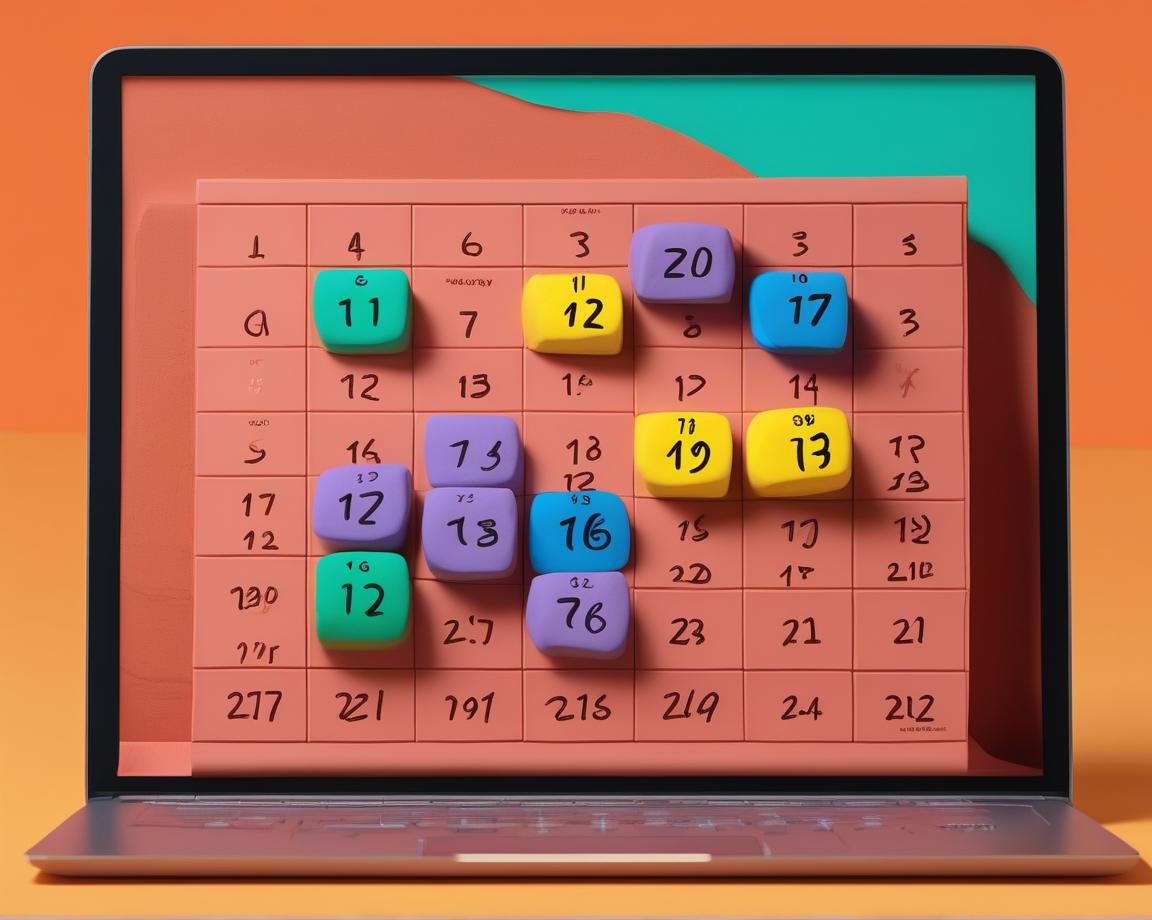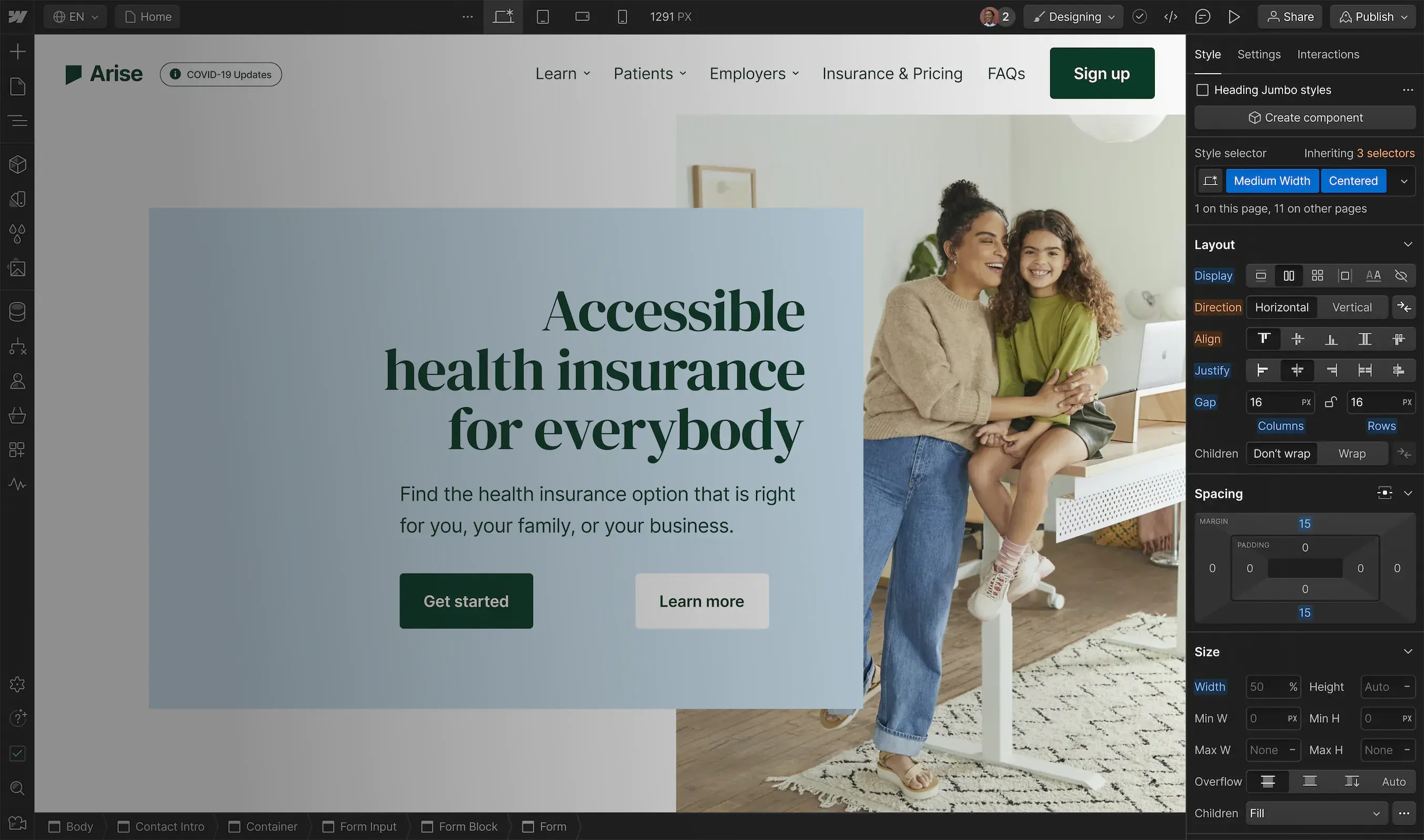At Clay, we don’t just build automation tools for other teams. Our team faces the same challenges as our customers. In this series, we show you how we harness Clay (and occasionally a few other tools) to run automated workflows that can help GTM teams implement world-class outbound and inbound marketing ideas. Keep reading to learn how we efficiently tailor outreach to trial users!
For any product-led growth company, effectively converting trial users into paying customers is critical. While your product itself should provide an exceptional user experience that keeps trial users engaged, strategic outreach can be the nudge that seals the deal. By closely monitoring trial usage, you can identify the highest potential outreach opportunities and turn those trials into customers!
Trial users are great to focus on because:
- They are already engaged prospects with initial interest
- Their product usage reveals buying signals and intent
- It’s more cost-effective to target them than to rely on top-of-funnel programs
- You can personalize your outreach based on their in-product behavior
However, manually tracking all trial activity and orchestrating multi-channel outreach just gets too labor-intensive at scale. This is where Clay's automation capabilities come in handy.
In this post, we’ll show you how we target companies that have had multiple team members sign up for a Clay trial. We use a combination of Clay, HubSpot, and Zapier to completely automate the whole process—from lead identification to personalized outreach. Read on to find out how!
Get to know your trial users
Before we get anywhere near email drafting, we need to know more about our trial users.
Without any more information than a user’s name and email, we’d be lost trying to figure out how to effectively target them for conversion.
So we use Clay and HubSpot together (to learn how to connect Clay to your CRM, see here) to go deeper and gather the information we need to do targeted, personalized outreach.
The moment a user signs up for a Clay trial, their info is automatically dropped into a Clay table where we gather in-depth information on the company and contact through a combination of 50+ integrated data providers, web scraping, and AI. We run a series of enrichments to find data such as company description, number of employees, LinkedIn page, sales & growth headcounts, and revenue. We also find information about the individual who signed up for a Clay trial, like their job title, start date in their role, and LinkedIn page.
With all that data, we can do some basic sorting. It can be overwhelming trying to determine where to target your warm outbound: how do you know which trials represent the highest potential? But having the right data is critical for pinpointing the most promising opportunities.
Our team uses this enriched data in two key ways. First, to prioritize our warm outbound efforts, we leverage company data to categorize each company into relevant buckets like high-growth tech, enterprise, agency, early-stage startup, and so on. This up-front qualification informs our entire engagement strategy for each prospect.
And, second, we do some basic lead scoring on each user to identify who to target in outreach. For example, we may prioritize executives and managers in growth and marketing roles or execs in sales.
Track signals that a trial user might be ready to upgrade
Here at Clay, we know we have to do proactive outreach to convert trial users to paid customers. To automate that process, we constantly track all of our trial users for signals that they might be ready to upgrade. If a user meets enough relevant criteria, the appropriate campaign is automatically launched.
For instance, we target companies that have had two or more trial sign-ups. Engagement across teams is a clear signal of increased interest and potential for conversion that we want to capitalize on.
We’re also targeting marketing, growth, and sales leaders at these companies—the decision-makers who understand team needs and have purchasing authority. In our last step, we classified these profiles as our "A" and "B" grade contacts to focus outreach efforts.
If a user is graded as A or B from a company that has multiple Clay trial signups, they’re immediately passed to the next step—targeted outreach. (The highest-graded contact is prioritized when multiple users meet this criteria.)
Sending automated, personalized outreach
To personalize our outreach, we pull a number of details about the target company to reference in email copy. First, we pull the number of total users signed up, as well as each of their first names. We also grab their stated goal for using Clay, their CRM, and other relevant Clay case studies from their industry.
Finally, we insert these personalized details into an email campaign in HubSpot. This email notes that others have signed up, asks why, and suggests a call with a GTM team member to discuss their use case, while referencing similar companies Clay has helped.
The only thing we had to do manually was write that one email template—which took less than 10 minutes.
Now, when any team signals that they might be ready to upgrade by enrolling multiple users in a Clay trial, they are automatically added—relevant information fully loaded—to a pre-written email campaign that helps book calls and move trial users down the pipeline to paid accounts.
Try this play out for yourself and let us know how it goes for you!
At Clay, we don’t just build automation tools for other teams. Our team faces the same challenges as our customers. In this series, we show you how we harness Clay (and occasionally a few other tools) to run automated workflows that can help GTM teams implement world-class outbound and inbound marketing ideas. Keep reading to learn how we efficiently tailor outreach to trial users!
For any product-led growth company, effectively converting trial users into paying customers is critical. While your product itself should provide an exceptional user experience that keeps trial users engaged, strategic outreach can be the nudge that seals the deal. By closely monitoring trial usage, you can identify the highest potential outreach opportunities and turn those trials into customers!
Trial users are great to focus on because:
- They are already engaged prospects with initial interest
- Their product usage reveals buying signals and intent
- It’s more cost-effective to target them than to rely on top-of-funnel programs
- You can personalize your outreach based on their in-product behavior
However, manually tracking all trial activity and orchestrating multi-channel outreach just gets too labor-intensive at scale. This is where Clay's automation capabilities come in handy.
In this post, we’ll show you how we target companies that have had multiple team members sign up for a Clay trial. We use a combination of Clay, HubSpot, and Zapier to completely automate the whole process—from lead identification to personalized outreach. Read on to find out how!
Get to know your trial users
Before we get anywhere near email drafting, we need to know more about our trial users.
Without any more information than a user’s name and email, we’d be lost trying to figure out how to effectively target them for conversion.
So we use Clay and HubSpot together (to learn how to connect Clay to your CRM, see here) to go deeper and gather the information we need to do targeted, personalized outreach.
The moment a user signs up for a Clay trial, their info is automatically dropped into a Clay table where we gather in-depth information on the company and contact through a combination of 50+ integrated data providers, web scraping, and AI. We run a series of enrichments to find data such as company description, number of employees, LinkedIn page, sales & growth headcounts, and revenue. We also find information about the individual who signed up for a Clay trial, like their job title, start date in their role, and LinkedIn page.
With all that data, we can do some basic sorting. It can be overwhelming trying to determine where to target your warm outbound: how do you know which trials represent the highest potential? But having the right data is critical for pinpointing the most promising opportunities.
Our team uses this enriched data in two key ways. First, to prioritize our warm outbound efforts, we leverage company data to categorize each company into relevant buckets like high-growth tech, enterprise, agency, early-stage startup, and so on. This up-front qualification informs our entire engagement strategy for each prospect.
And, second, we do some basic lead scoring on each user to identify who to target in outreach. For example, we may prioritize executives and managers in growth and marketing roles or execs in sales.
Track signals that a trial user might be ready to upgrade
Here at Clay, we know we have to do proactive outreach to convert trial users to paid customers. To automate that process, we constantly track all of our trial users for signals that they might be ready to upgrade. If a user meets enough relevant criteria, the appropriate campaign is automatically launched.
For instance, we target companies that have had two or more trial sign-ups. Engagement across teams is a clear signal of increased interest and potential for conversion that we want to capitalize on.
We’re also targeting marketing, growth, and sales leaders at these companies—the decision-makers who understand team needs and have purchasing authority. In our last step, we classified these profiles as our "A" and "B" grade contacts to focus outreach efforts.
If a user is graded as A or B from a company that has multiple Clay trial signups, they’re immediately passed to the next step—targeted outreach. (The highest-graded contact is prioritized when multiple users meet this criteria.)
Sending automated, personalized outreach
To personalize our outreach, we pull a number of details about the target company to reference in email copy. First, we pull the number of total users signed up, as well as each of their first names. We also grab their stated goal for using Clay, their CRM, and other relevant Clay case studies from their industry.
Finally, we insert these personalized details into an email campaign in HubSpot. This email notes that others have signed up, asks why, and suggests a call with a GTM team member to discuss their use case, while referencing similar companies Clay has helped.
The only thing we had to do manually was write that one email template—which took less than 10 minutes.
Now, when any team signals that they might be ready to upgrade by enrolling multiple users in a Clay trial, they are automatically added—relevant information fully loaded—to a pre-written email campaign that helps book calls and move trial users down the pipeline to paid accounts.
Try this play out for yourself and let us know how it goes for you!































































